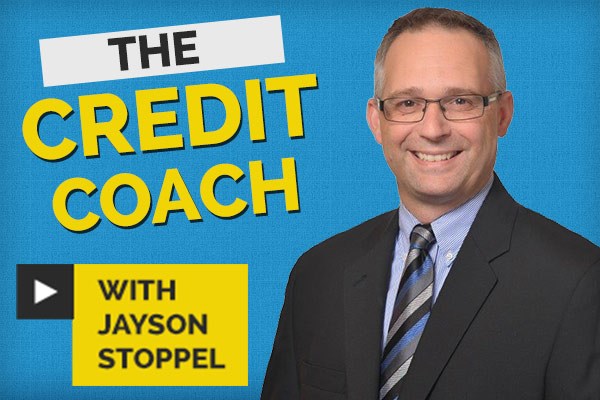Taking Control of Your Finances — What Comes First?
When I’m helping an individual deal with creditors through the filing of a consumer proposal, or a family who is facing a personal bankruptcy, I am often faced with the same basic questions.
How do I get a budget started? Can I plan for the future? How do I do that?
Let’s face it, life can be awfully busy. Work and family commitments, fitting in time with your partner, or trying to squeeze in some fitness can be stressful. Add to that all of the household tasks that need to be tackled, like that Everest-sized mountain of laundry waiting to be washed.
The last thing on your mind is sitting down to create a budget or plan the financial future for the household. Moreover, if you are like many families struggling with debt, knowing where to begin can be a challenge. So what do you do?
Gather data for your budget
When working with families and their budgets for the first time, one road block to budgeting or debt management that I see regularly is lack of knowledge — many people are unaware of how much it costs to run their household. Do you know how much you spend on groceries each month? What is your mortgage payment?
The home heating and telephone bills are easier to nail down — you can check your statement at the end of each month. The groceries, entertainment, children’s expenses and household sundries are much harder to determine. My point is quite simple — you cannot even start to formulate a budget plan without data. Without that knowledge, stressing yourself over how a budget works or finding the right budget templates to fill out is just wasted effort.
I have found that the easiest way to get the data you need is by using the envelope method. Get a stack of envelopes and label each one for your different expenditures (“groceries,” “clothing,” etc.)
For the next two to three months, put every receipt or proof of expenditure for the household into the corresponding envelope. This is the information you need to sit down and create a formal budget. (I’ll talk in more detail about the budgeting process in an upcoming blog.)
Set achievable goals
Once you are comfortably set up with your envelopes — tracking your expenses and accumulating data for your budget — you can move on to goal setting and planning for the future. Often families dealing with debt focus on the debt problem so intently they forget that life still has to be lived.
I routinely hear from people who I assist, who say “when I get through this I can finally get my life started again.” Life unfortunately is not like that; life is linear, it does not stop and start, and you need to continue to live it.
So to complement your budgeting efforts, spend some time goal setting. Remember goals that are not written down are just wishes, and wishes rarely come true. Think of your life and your past challenges. It is likely that with whatever it was, spring cleaning, prepping for vacation, getting fit, losing that last ten pounds you most likely were successful because you sat and created a list, a meal plan, a diet or followed an exercise routine.
Setting clearly defined goals is a key step in tackling debt and planning for the future. Before we move on from the this topic, here are a couple of tips on setting goals:
- Make sure your goals are written down — make a list.
- Make specific, well-defined goals, not abstract ideas.
- Make sure your goals are attainable. Automobile replacement is an attainable goal. For almost everyone (except a select few) replacing your automobile with a Ferrari is a wish not a goal.
- Make sure to put some dates around key targets in reaching the goal. Unless you have a start date attached to your goal it will be something that continually gets pushed further into the future.
Get a handle on your total debt
Now that you are on your way — you’ve compiled budgeting data and you’ve created some clear, decisive and written goals — the last step in preparing to take control of your financial future is to compile a list of your household debt. Although seemingly simple, this step is a key piece when you are attempting to take back control of your household finances.
Write down who you owe, how much you owe and the monthly costs to service that debt. Include all debts and contracts for future payment, this will include mortgage debt, automobile financing, unsecured credit cards and overdraft debt. Like budgeting and goal setting, getting on top of debt requires a written list and specific data.
The title to this blog posed the question, “When taking control of household finances, what comes first?”. I am hopeful that you now understand that budgeting, goal setting and debt repayment have to be worked on together. I am also hopeful that the above information will give you the first steps in what will be a very beneficial process.
Jayson Stoppel is a Licensed Insolvency Trustee and Chartered Accountant with BDO First Call Debt Solutions. With over 15 years in practice, Jayson assists individuals, families and companies with financial difficulties in Thunder Bay and throughout Northwest Ontario. To reach Jayson by email: [email protected]

